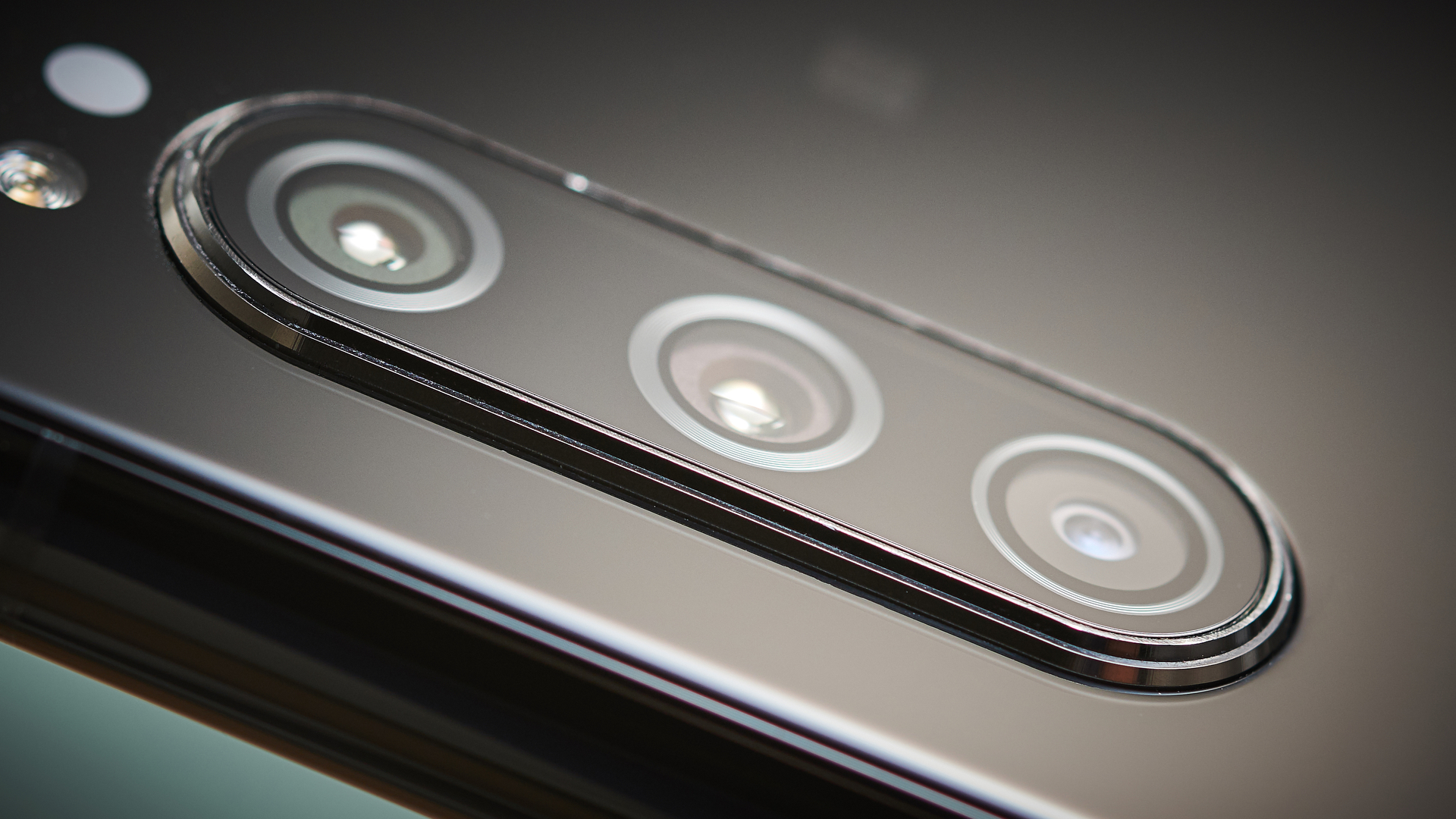Sony isn't about to make the best camera phone, despite promising sample photos

When Sony posted pictures taken with its new 60MP IMX686 smartphone camera sensor, the internet got excited; does this mean Sony phones are finally about to get great cameras?
In the past few years, Sony's smartphones have stayed far clear of our list of the best camera phones, with relatively lackluster offerings that don't near the heights of the Huawei P30 Pro, Samsung Galaxy S10 Plus and Google Pixel 3. That's surprising, given Sony Alpha cameras are some of the best shooters available right now.
Is it possible, then, that the new IMX686 sensor could finally bring Sony phones back in the top-tier league? Well, we're sorry to say that the answer is probably a resounding 'no'. Here are a few reasons why.
Pretty limited photo samples



Sure, the few pictures we've seen from the Sony IMX686 look great, but there are a few reasons that this doesn't represent how pictures taken on the Xperia 2 or similar device will look.
Firstly, this sensor would be used on the main phone camera, but a phone nowadays has two, three four, or even five. The other snappers will use lenses like macro, telephoto, and ultra-wide, with sensors that aren't the IMX686. In other words, you probably won't be taking pictures with Sony's new sensor all that often.
Secondly, the sample pictures are all taken of colorful subjects in bright settings, which would naturally bring out the best of any camera. But Sony's cameras have often fared worse in low-light and dark circumstances, and there's no indication of if that's fixed here.
No matter how great the cameras on Sony's future handset end up being on paper, there's something more important in taking a great picture: software.
Sign up for breaking news, reviews, opinion, top tech deals, and more.
Software is more important

Most great camera phones right now use software to make a picture look great, from AI scene optimization or automatic editing used get color accuracy and white balance right from the start – or immediately in post.
However Sony phones have typically been rather light on the software front, with pared-down offerings compared to competitor devices.
Sure, this is okay in some phones like the Xiaomi Mi Note 10, as that has impressive enough camera specs to only need a soft touch afterwards to take great pictures. Sony phones typically haven't been very spec-heavy, which is why their pictures haven't looked great.
If upcoming Sony phones don't have better image processing software, the pictures won't be noticeably better, despite the improved camera array.
Other companies will profit

So if this new smartphone sensor doesn't guarantee Sony phones are about to get good, why is it still exciting news? Well, it's because Sony sells its smartphone sensors to other companies, some of which will make much better use of the IMX686.
Some of the phones using older Sony sensors include the Honor 20 Pro, Oppo Reno 10x Zoom, OnePlus 7T Pro, Huawei P30 Pro and many more, including some of the best camera phones available right now. These phones combine great hardware with impressive post-processing software, to take absolutely breathtaking pictures.
It's almost guaranteed that the IMX686 will pop up in plenty of other smartphones, especially given Sony is the most prolific smartphone sensor provider, and these non-Sony phones will likely combine the 60MP pictures with great software to make great camera phones.
In 2020 the Huawei P40, Google PIxel 4a, OnePlus 8, Huawei Mate 40 and more all could take Sony's tech and put them in great camera phones – the one company we're not expecting to release a great camera phone, though, is Sony.

Tom Bedford joined TechRadar in early 2019 as a staff writer, and left the team as deputy phones editor in late 2022 to work for entertainment site (and TR sister-site) What To Watch. He continues to contribute on a freelance basis for several sections including phones, audio and fitness.